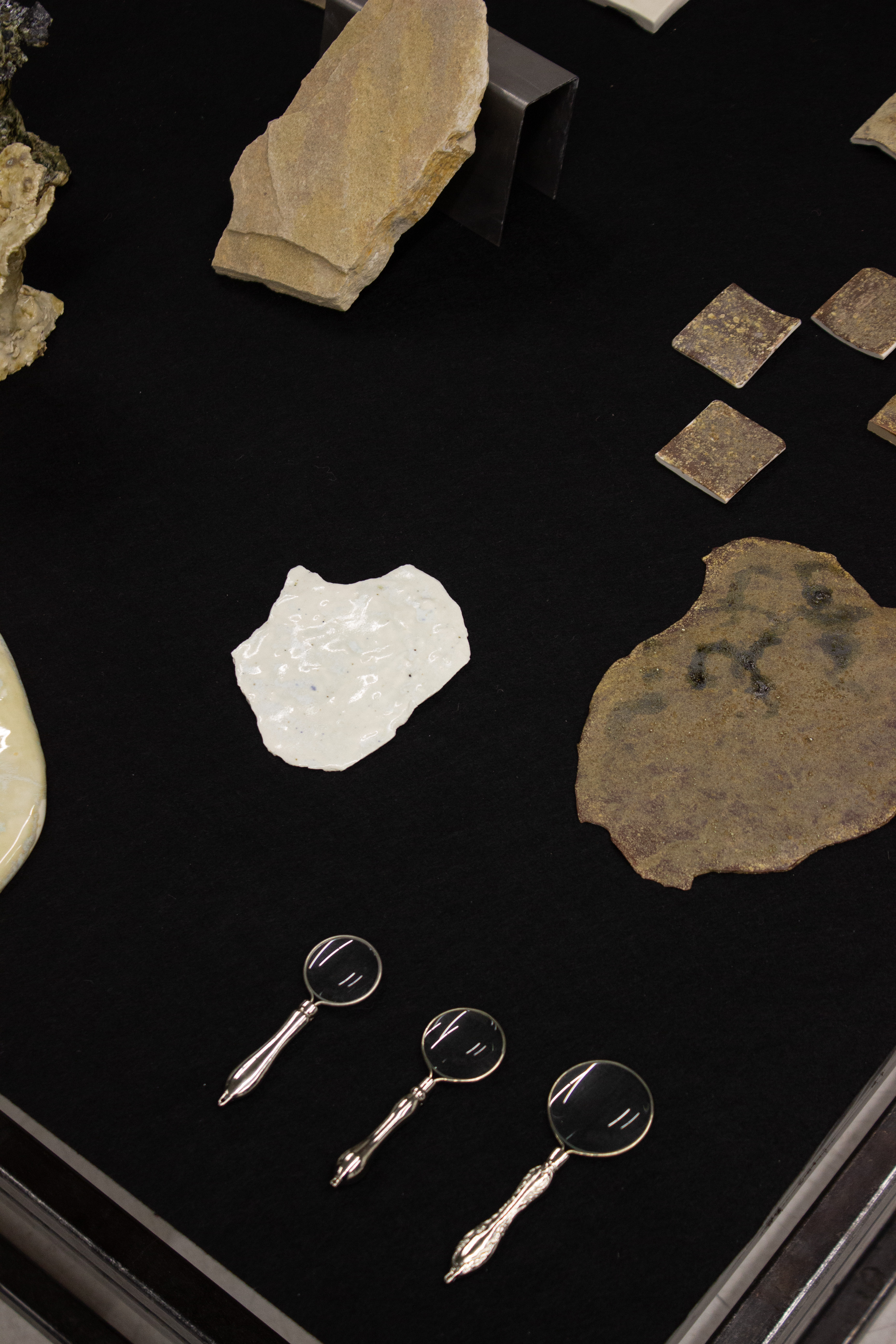
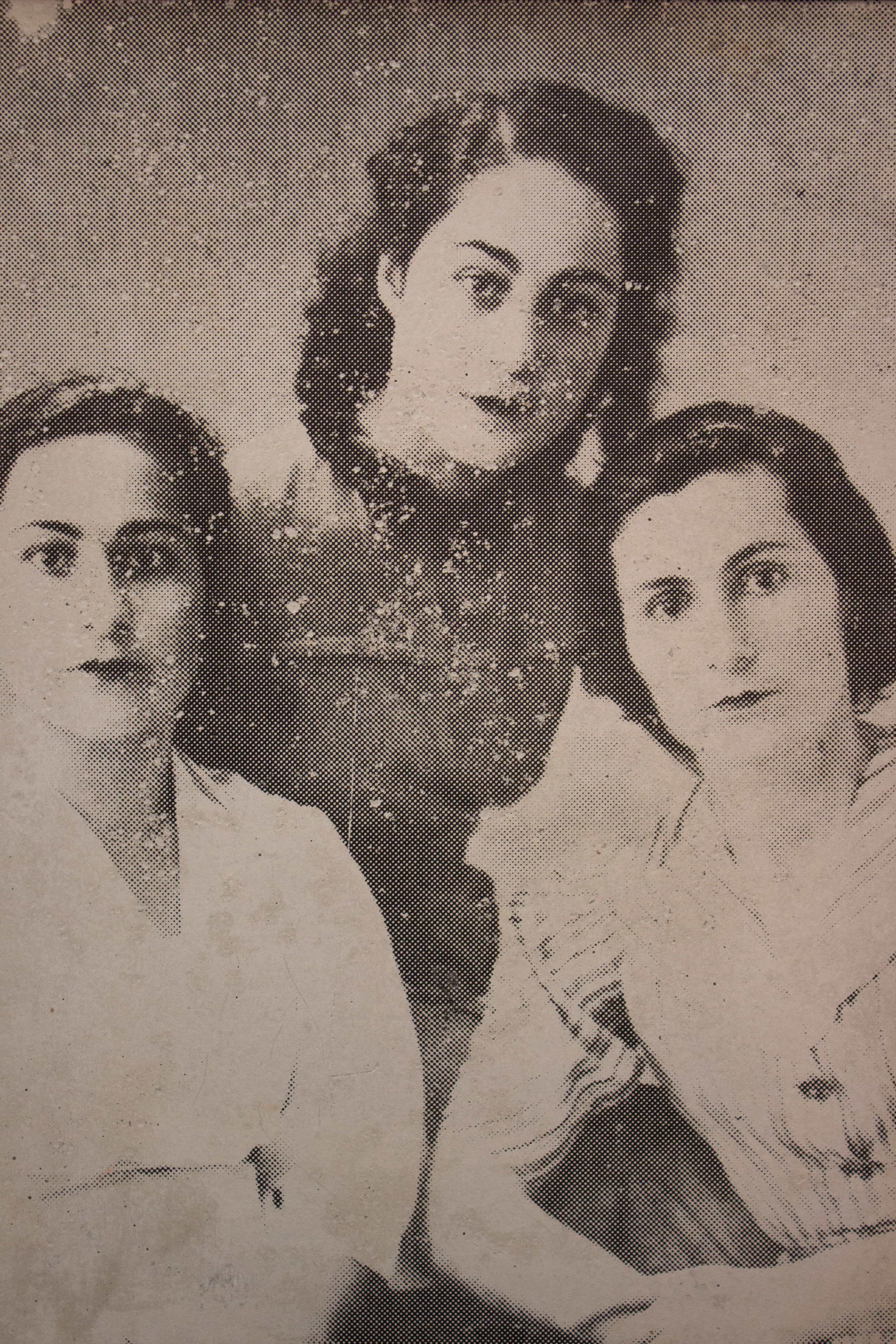

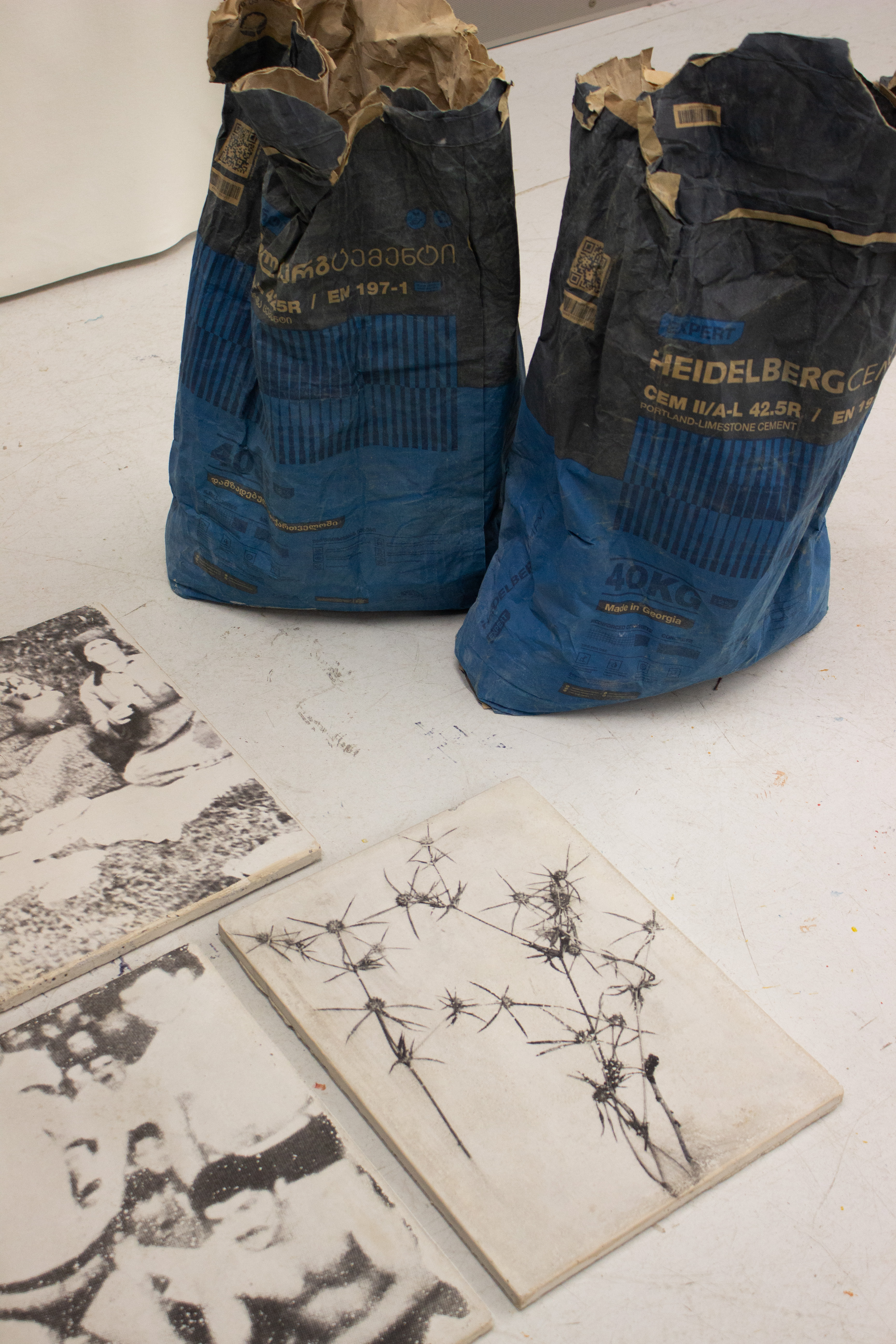
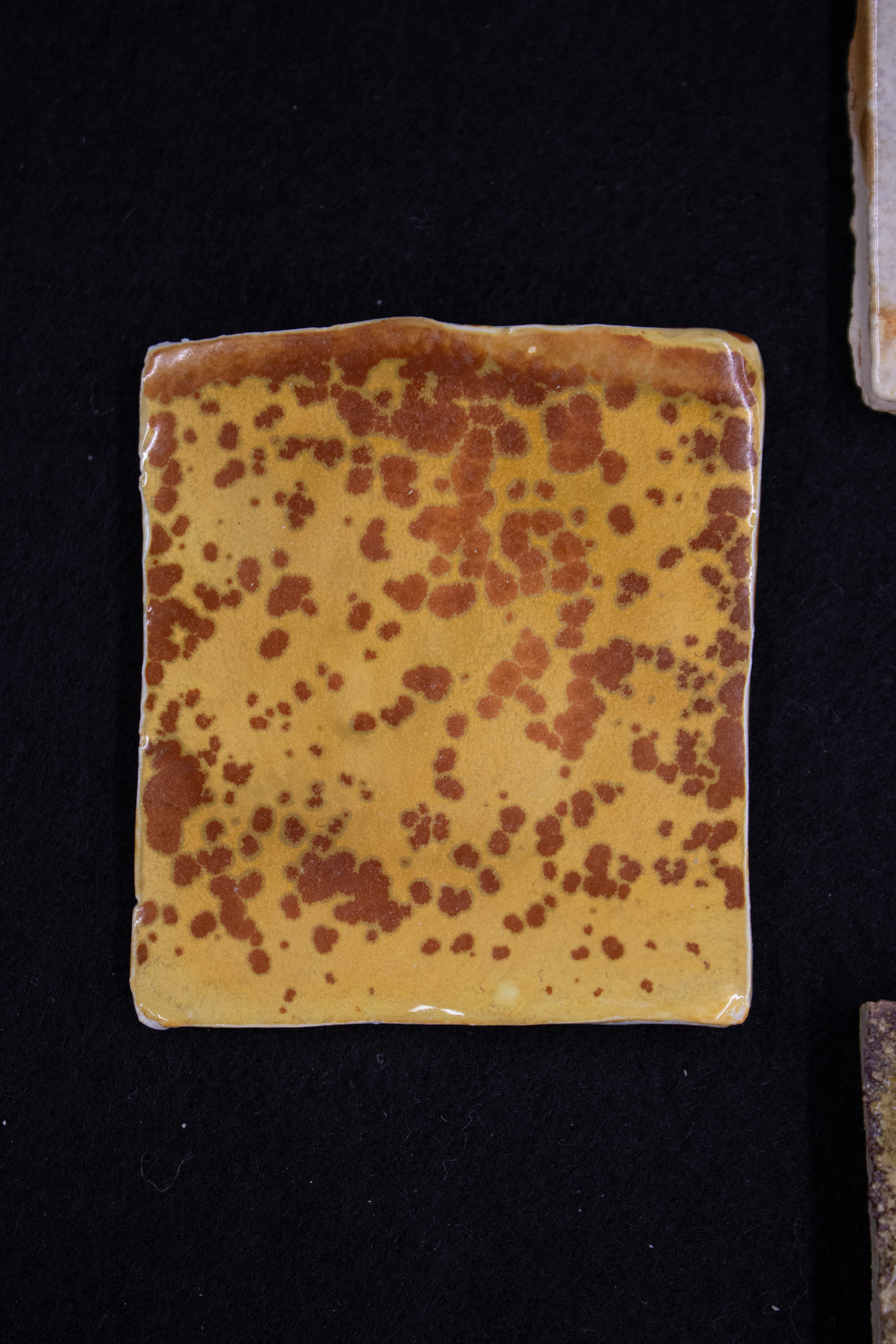
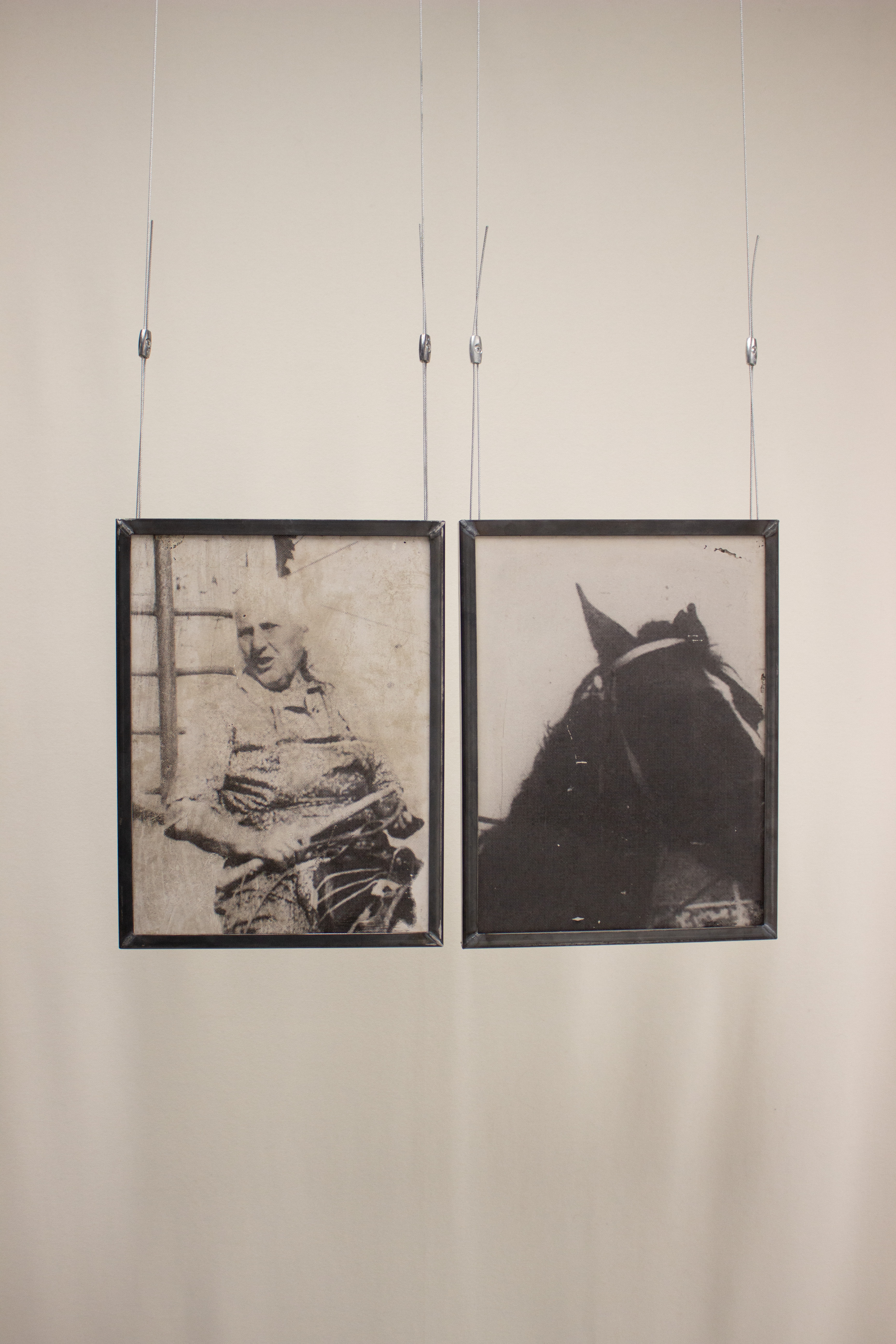

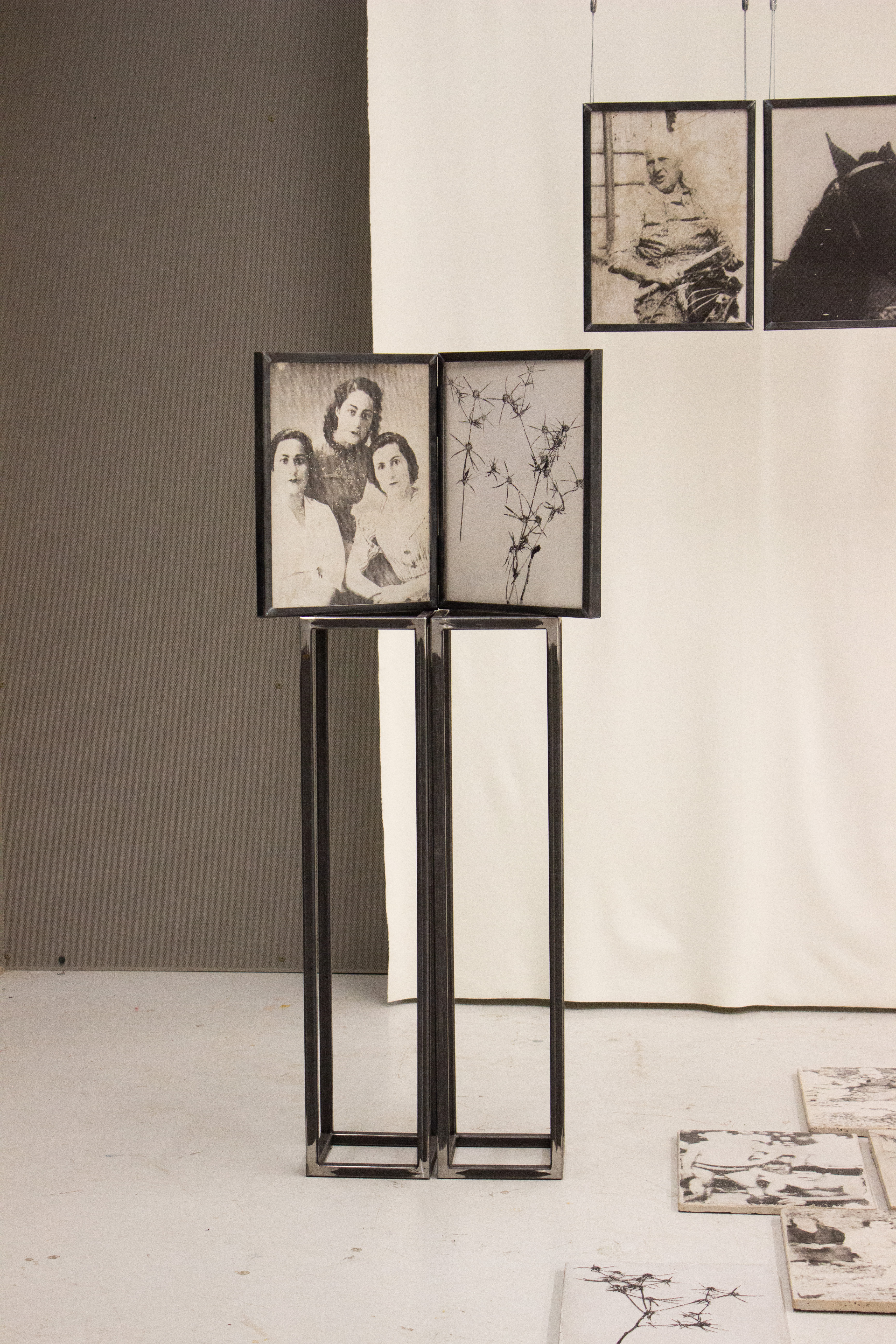
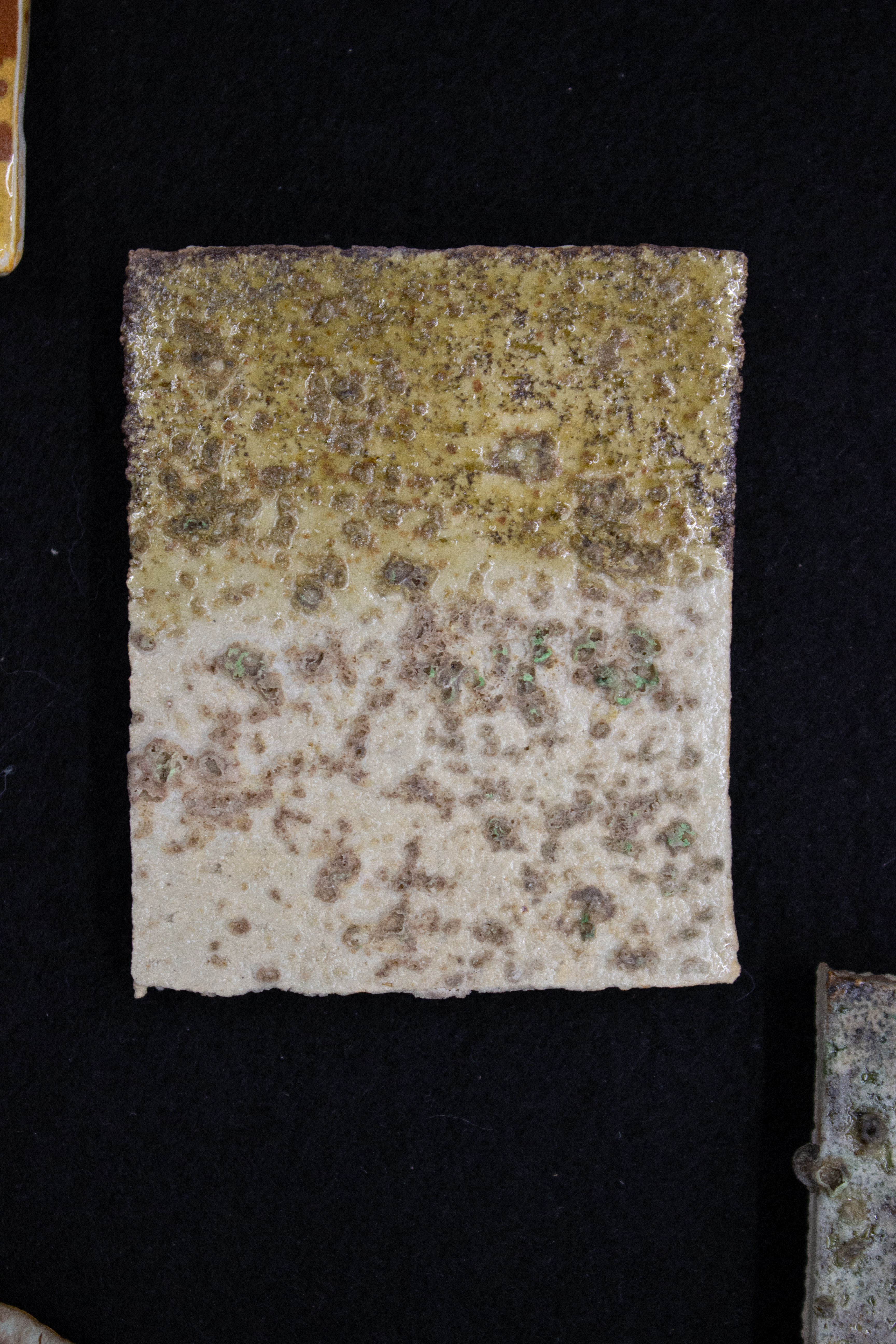
KATAULA 2025
S+T+ARTS Prize Honorary mention
Installation, material research
variable dimensions
Silkscreened concrete (Heidelberg Cement Georgia), steel, quarry waste ceramic high fire glazes
Kataula is a research-driven artistic project set in the limestone quarries of Kavtiskhevi, a village in Georgia profoundly shaped by the relentless extraction of its natural resources. At the heart of the work is a confrontation with Georgian legislation, which sanctions mining until total resource depletion, cementing a future of inevitable destruction. These extractive practices, rooted in colonial legacies of German industrial intervention in the region, strip the mountain of its organic essence, turning sedimentary rock into displaced fragments of its own ecosystem.
The project operates at the intersection of witnessing and intervention. Cement and quarry waste, the materials of industrial erasure, are reclaimed and reimagined. Photographic imprints are embedded into cement tiles, creating a tactile archive of the village’s existence. Ceramic bodies and glazes crafted from quarry waste serve as vessels for what the mountain has lost, refusing commodification and resisting erasure.
-
Heidelberg Materials (Previously Heidelberg Cement) is a German multinational building materials company. Operating across 50 countries, Heidelberg is a world's second largest cement producer, and third largest for ready mixed concrete. While being numerously accused of causing uncontrollable environmental destruction around the world, Heidelberg positions itself as a symbol of sustainability.
Offering a counter-narrative rooted in the locality of Kavtiskhevi, Georgia told by the artist's grandmother: the work seeks to dismantle Heidelberg Cement’s carefully curated image of responsibility. Using Heidelberg cement (sourced from the limestone quarries of their native village Kavtiskhevi), the artist confronts the enduring legacies of German extractivism in the region.
Georgian legislation, which permits mining until total resource depletion, underscores the eschatological violence of this process. Cement tiles, made from the same Heidelberg cement bear photographic imprints of Kavtiskhevi’s residents and non-human life, rendering the erasure visible. Meanwhile, quarry waste foraged on site is repurposed into ceramics and glazes, transforming them into artifacts resisting commodification. The resulting artwork seeks to reclaim the complicit material into a surface for truth-telling and accountability.
''My grandmother used to tell me that in the previous century, about 50 years ago, German (through her words) ‘technologists’ came to the village. They asked for consent to mine kaolin from a hill, which the Kavtiskhevi locals call Kataula. According to the German technologists, the material extracted from the mountain would make valuable porcelain. My grandmother resisted and sent them away. Years have passed by, and a thin layer of white dust swathes the village. a cement grime from the nearby cement factory. The residents claim that the cancer rates have significantly risen since.''
*On 27 November 2024, German Ambassador Peter Fischer, responding to a question about the trend of German investments, stated that a major investor, Heidelberg Cement, had left Georgia. However the mining still continues, now under Georgian shareholders.
S+T+ARTS Prize Honorary mention
Installation, material research
variable dimensions
Silkscreened concrete (Heidelberg Cement Georgia), steel, quarry waste ceramic high fire glazes
Kataula is a research-driven artistic project set in the limestone quarries of Kavtiskhevi, a village in Georgia profoundly shaped by the relentless extraction of its natural resources. At the heart of the work is a confrontation with Georgian legislation, which sanctions mining until total resource depletion, cementing a future of inevitable destruction. These extractive practices, rooted in colonial legacies of German industrial intervention in the region, strip the mountain of its organic essence, turning sedimentary rock into displaced fragments of its own ecosystem.
The project operates at the intersection of witnessing and intervention. Cement and quarry waste, the materials of industrial erasure, are reclaimed and reimagined. Photographic imprints are embedded into cement tiles, creating a tactile archive of the village’s existence. Ceramic bodies and glazes crafted from quarry waste serve as vessels for what the mountain has lost, refusing commodification and resisting erasure.
-
Heidelberg Materials (Previously Heidelberg Cement) is a German multinational building materials company. Operating across 50 countries, Heidelberg is a world's second largest cement producer, and third largest for ready mixed concrete. While being numerously accused of causing uncontrollable environmental destruction around the world, Heidelberg positions itself as a symbol of sustainability.
Offering a counter-narrative rooted in the locality of Kavtiskhevi, Georgia told by the artist's grandmother: the work seeks to dismantle Heidelberg Cement’s carefully curated image of responsibility. Using Heidelberg cement (sourced from the limestone quarries of their native village Kavtiskhevi), the artist confronts the enduring legacies of German extractivism in the region.
Georgian legislation, which permits mining until total resource depletion, underscores the eschatological violence of this process. Cement tiles, made from the same Heidelberg cement bear photographic imprints of Kavtiskhevi’s residents and non-human life, rendering the erasure visible. Meanwhile, quarry waste foraged on site is repurposed into ceramics and glazes, transforming them into artifacts resisting commodification. The resulting artwork seeks to reclaim the complicit material into a surface for truth-telling and accountability.
''My grandmother used to tell me that in the previous century, about 50 years ago, German (through her words) ‘technologists’ came to the village. They asked for consent to mine kaolin from a hill, which the Kavtiskhevi locals call Kataula. According to the German technologists, the material extracted from the mountain would make valuable porcelain. My grandmother resisted and sent them away. Years have passed by, and a thin layer of white dust swathes the village. a cement grime from the nearby cement factory. The residents claim that the cancer rates have significantly risen since.''
*On 27 November 2024, German Ambassador Peter Fischer, responding to a question about the trend of German investments, stated that a major investor, Heidelberg Cement, had left Georgia. However the mining still continues, now under Georgian shareholders.